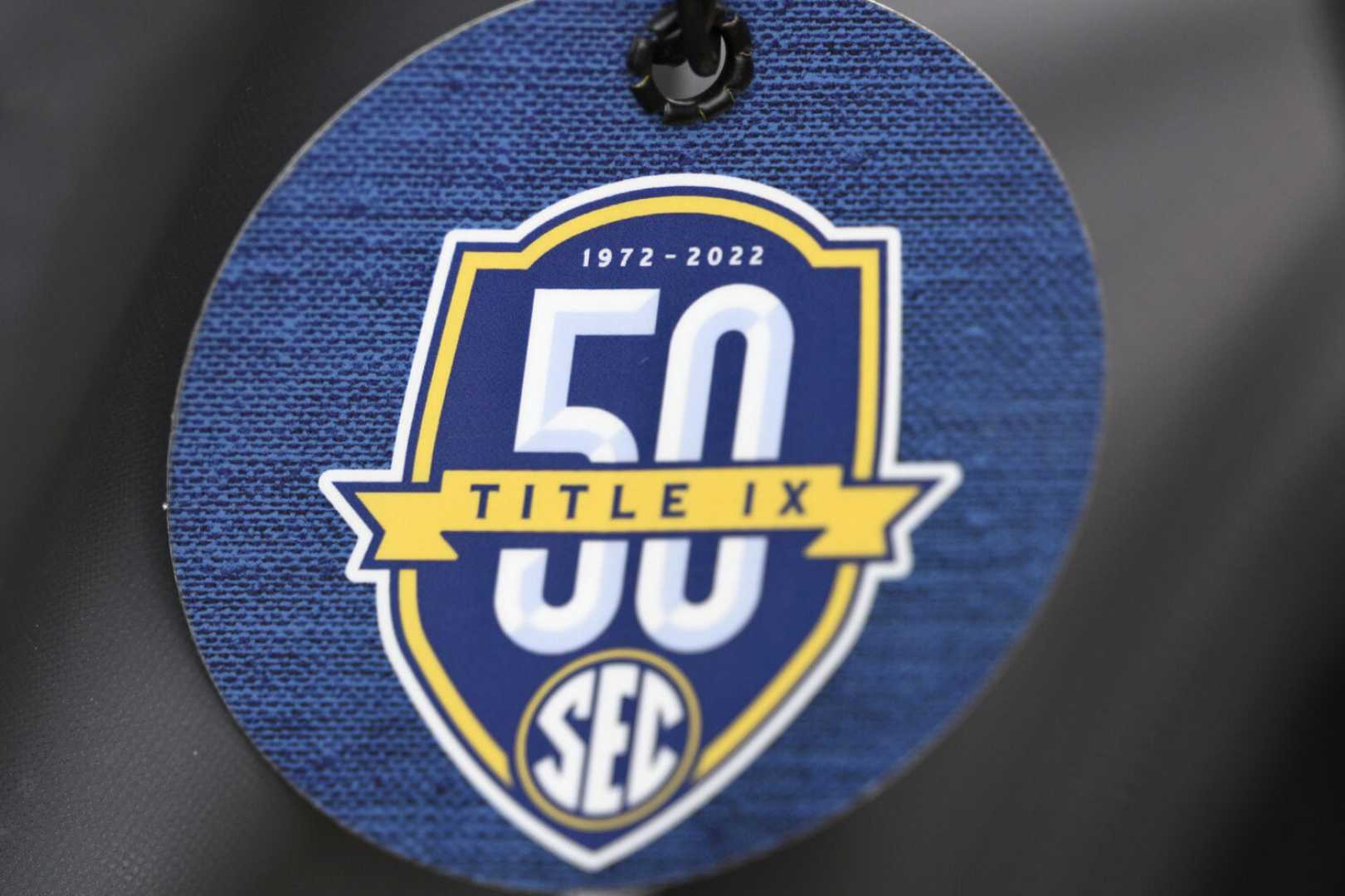Sports
Title IX Memo Warns College Sports Payment Plans May Violate Gender Equity Laws

WASHINGTON, D.C. — A new U.S. Department of Education memo warns that many major college athletic departments’ plans to distribute direct payments to athletes could violate Title IX gender equity laws. The guidance, published Thursday, clarifies how the federal law applies to upcoming revenue-sharing agreements tied to name, image, and likeness (NIL) deals.
The NCAA and its power conferences recently agreed to allow schools to share up to $20.5 million annually with athletes as part of a pending antitrust settlement. However, many schools have indicated they plan to allocate the majority of these funds to revenue-generating sports, primarily football and men’s basketball. Some athletic directors have publicly stated their intent to distribute up to 75% of the money to football players.
The Department of Education’s Office for Civil Rights, which enforces Title IX, stated in the memo that such payments must be considered “athletic financial assistance” and distributed proportionally between male and female athletes. “When a school provides athletic financial assistance in forms other than scholarships or grants, including compensation for the use of a student-athlete’s NIL, such assistance also must be made proportionately available to male and female athletes,” the memo said.
Title IX, a federal law enacted in 1972, prohibits sex-based discrimination in education programs. It requires schools to provide athletic opportunities and financial assistance proportional to the gender makeup of their student body. For example, if 50% of a school’s athletes are women, 50% of financial aid must be allocated to women.
The memo does not provide clear guidance on how payments from booster collectives, which are closely tied to schools, are impacted by Title IX. While third-party NIL deals are not considered athletic financial assistance, the memo warns that disparities created by such payments could trigger Title IX obligations. Additionally, the memo emphasizes that male and female athletes deserve equivalent publicity, including social media promotion, as unequal exposure could limit NIL opportunities for women.
Recent studies highlight ongoing disparities in college sports. A 2023 analysis found that 84% of Power 5 athletic departments mentioned men’s teams more often than women’s teams on their primary social media accounts. Women’s teams were also more likely to share social media managers with other teams, further limiting their visibility.
The Department of Education has the authority to penalize schools for Title IX violations, but most cases have historically been initiated by athletes filing lawsuits. Several pending lawsuits already address NIL compensation and gender equity. The memo, published during the final days of the current administration, could influence future litigation.
“I’d be astonished if schools that have announced they are planning something other than proportional distribution continue with those plans,” said attorney Arthur Bryant, who is currently litigating a Title IX case against the University of Oregon. “They would be knowingly and intentionally planning to violate the law.” Bryant also suggested the memo could complicate the NCAA’s pending antitrust settlement, which is set for a final hearing in April.












